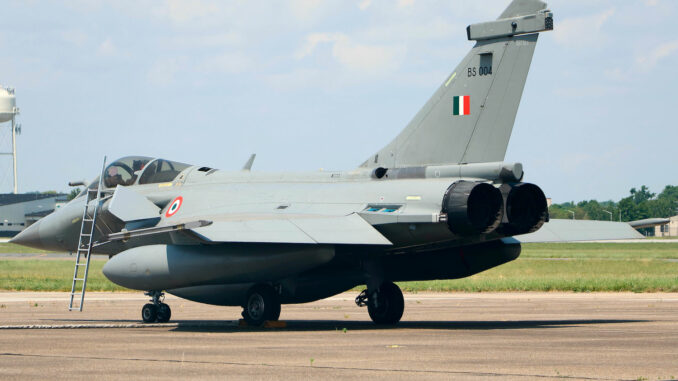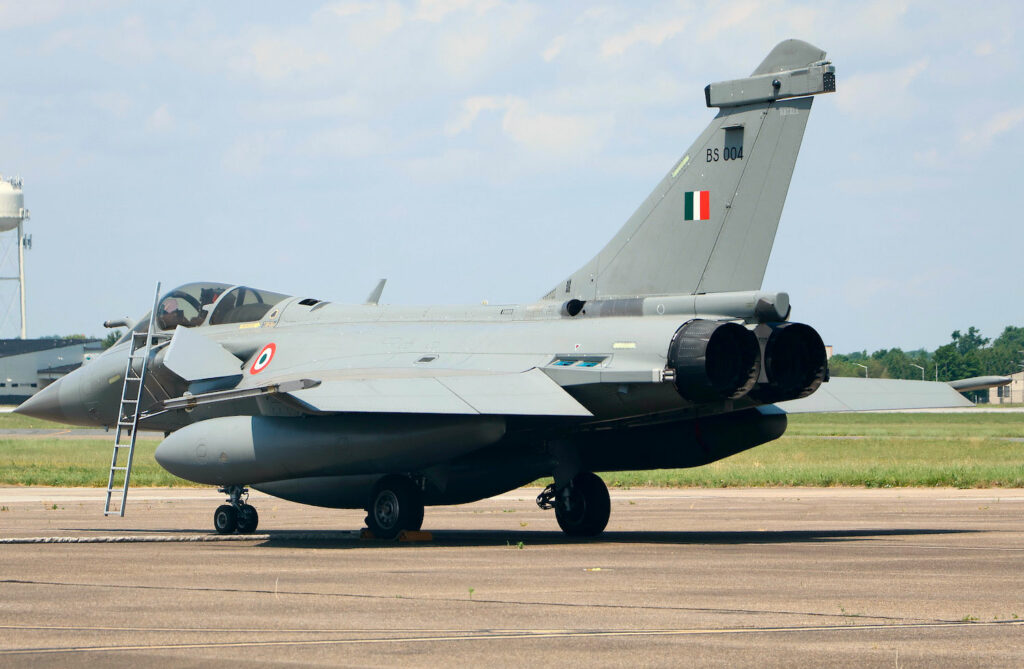
Border tensions between India and China are prompting India to strengthen its alliances, particularly with the USA, in the face of territorial threats.
India is facing growing pressure from China, which is reactivating old border disputes. In response, India has strengthened its alliances, notably with the United States, in a context where Russia, its former ally, has become less reliable. This situation stems from the policies of China, which, through strategies of gradual territorial infiltration, is attempting to seize vast swathes of Indian territory. The stakes are high, not only for India’s territorial integrity, but also for the stability of the region.
The strategic alliance between India and the United States: a response to Chinese ambitions
India, traditionally on good terms with most nations, has seen its relations with China deteriorate over the decades. This is due to unresolved border disputes, notably in the Pangong Lake region, as well as to China’s growing territorial ambitions. Against this backdrop, India, once close to Russia during the Cold War, finds itself in a delicate situation following Russia’s invasion of Ukraine and its tacit support for China. India therefore sought new allies and turned to the United States, marking a turning point in its international policy.
This strategic shift began in the 1990s, with economic liberalization bringing India closer to Western powers, particularly the United States. With China’s exponential growth and rising military power, India realized it needed an ally to rival Beijing. The United States, engaged in a struggle for influence with China in the Pacific Ocean, saw India as a strategic partner in the Indian Ocean region, a key area for world trade.
Border tensions: a Chinese strategy of gradual expansion
Tensions between China and India are nothing new. The conflict dates back to 1962, when China invaded portions of Indian territory, taking control of 43,000 km². Since that war, borders have remained blurred, particularly in the Pangong Lake region, where both nations continue to lay claim to portions of the territory. Located at an altitude of 4,200 metres in the Himalayas, this strategic lake, which stretches over 134 kilometers, is today a hot spot in Sino-Indian relations.
In recent years, China has stepped up its territorial infiltration tactics, a method it uses successfully elsewhere, such as in the South China Sea. By building infrastructure, such as roads in remote areas, and increasing patrols, Beijing is attempting to redraw borders in its favor. India, which has troops specializing in mountainous environments, has had to adapt its military presence in response to these incursions, but the task is arduous in such a difficult-to-access region.
The situation is further complicated by the fact that clashes between Indian and Chinese soldiers, although not armed with conventional firearms, have been marked by physical violence, with the use of sticks, stones and other improvised weapons. These clashes resulted in casualties on both sides, but did not lead to open warfare. This restraint shows the desire of both countries to avoid a nuclear escalation, but tensions remain palpable.

The growing role of the USA in India’s defense strategy
Faced with these Chinese provocations, India has sought to diversify its military partnerships, and the United States has rapidly established itself as an ally of choice. This alliance is symbolized by a series of defense agreements, including the signing of the BECA (Basic Exchange and Cooperation Agreement) in 2020, which gives India access to US geospatial technologies to bolster its surveillance and defense capabilities.
Military cooperation between the two nations also extends to joint exercises, aimed at improving coordination in regional conflict scenarios. In response to Chinese naval incursions in the Indian Ocean, India and the United States have intensified their joint military presence in this strategic region. China, which has sold submarines and other military equipment to India’s neighbors such as Pakistan, is perceived as a direct threat to regional security.
From an economic point of view, India, long opposed to American influence, has gradually strengthened its commercial ties with Washington. India’s military modernization policy now includes the acquisition of American weapons and technologies, such as advanced drones that could play a crucial role in monitoring the 100,000 km² of territory still claimed by China. This purchase of sophisticated equipment would enable India to make up some of the technological ground it has lost to China.
India’s involvement in the Ukraine conflict and its strategic impact
Another turning point in the relationship between India and Russia was the invasion of Ukraine in 2022. Traditionally close to Moscow, India distanced itself this time, marking a certain shift in its international alliances. While Russia is seen as indirectly supporting China, India has moved closer to Western countries, showing tacit support for Ukraine. Official visits to Ukraine by Indian representatives have reinforced this new diplomatic stance.
India’s involvement in the Ukrainian crisis could also translate into military aid for Ukraine, notably through the sale of drones or other surveillance equipment. This possibility, although unconfirmed, would be a strong signal from India to its Western allies, demonstrating its willingness to play a more active role on the international stage. By indirectly supporting Ukraine, India is also seeking to diversify its alliances, in a context where Russia, once a key strategic partner, seems to be drawing closer to China.
The geopolitical consequences of Sino-Indian tensions
Border tensions between India and China have important geopolitical implications for the entire Asian region. China’s rise to power, both economically and militarily, is prompting many neighboring countries to rethink their defense strategies. India, by virtue of its size and influence, is seen as an essential counterweight to Chinese expansion, particularly in the Indian Ocean, a strategic zone for global maritime trade.
India’s alliances with powers such as the United States, Japan and Australia are part of a containment strategy aimed at limiting Chinese influence in the region. These alliances, which include joint military exercises such as those conducted under the Quadrilateral Security Dialogue initiative, strengthen India’s position vis-à-vis Beijing.
At the same time, India continues to invest heavily in modernizing its army. India’s military budget of €72.9 billion for 2021 reflects the importance attached to defense in the face of regional threats. This sum represents almost 2.9% of India’s GDP, and places India among the world’s leading military powers, alongside China and the United States.
War Wings Daily is an independant magazine.